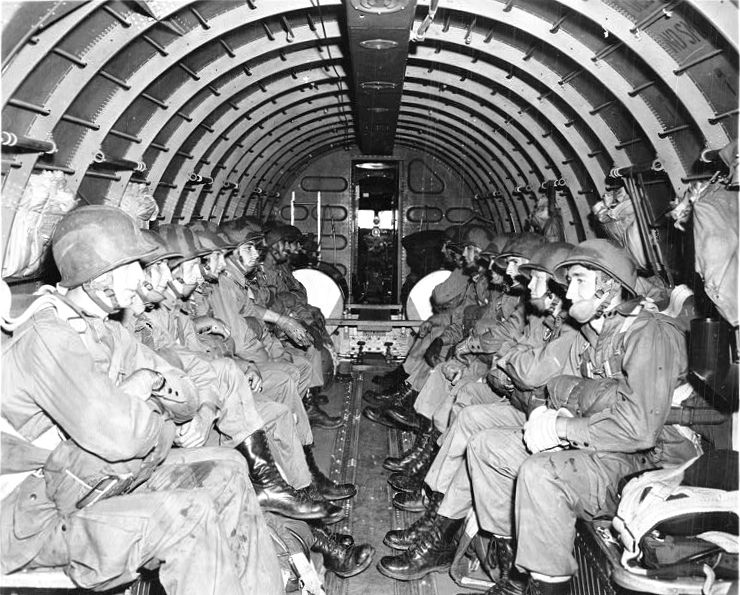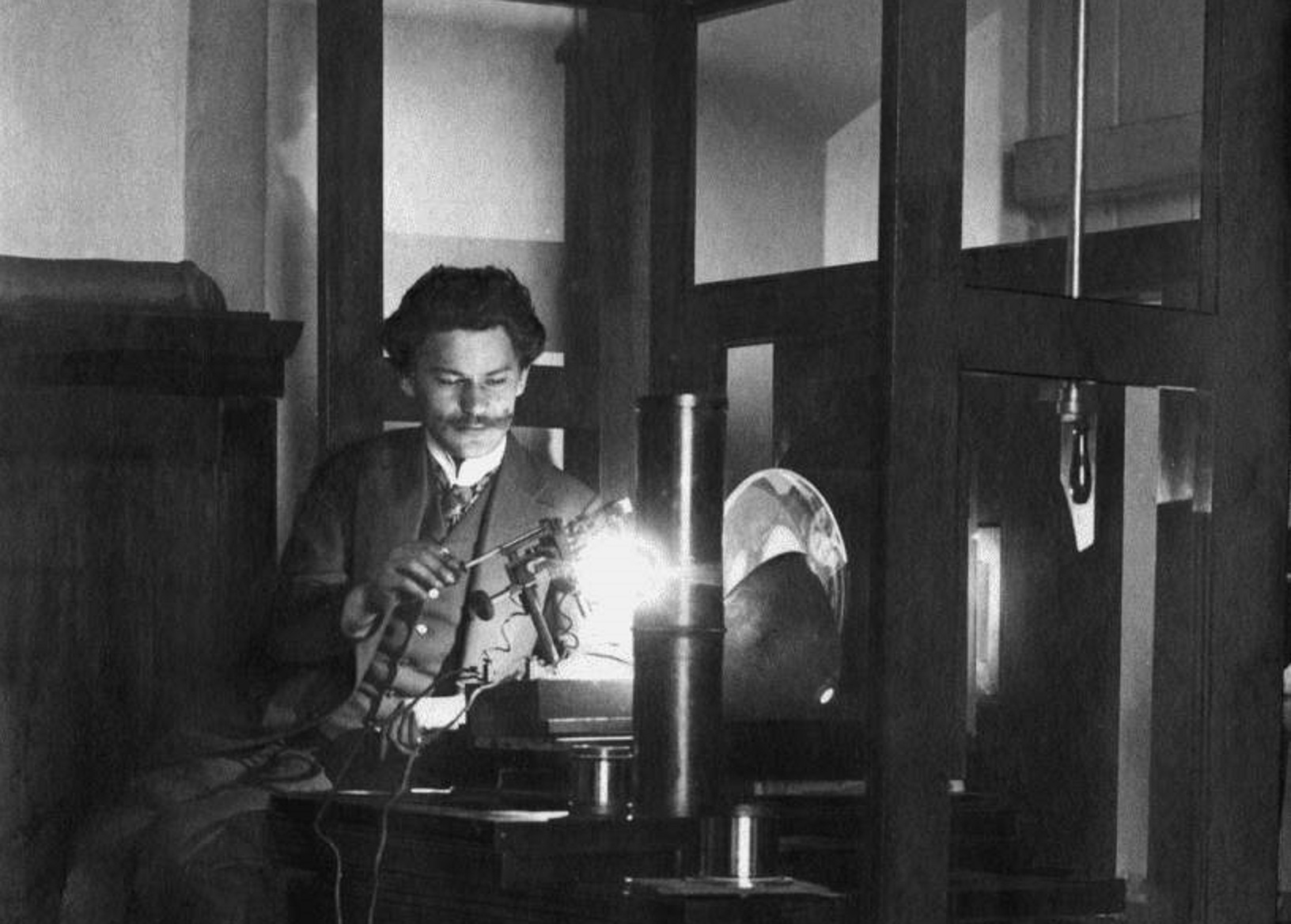In his latest book, John Micgiel takes us behind the scenes to reveal the joint operation of Polish and American intelligence at the end of the Second World War. “Project Eagle” is the remarkable story of the parachute-volunteers unit operating behind enemy lines. A story that has been almost completely forgotten.
by Tomasz Kozłowski
Towards the end of 1944, the weakened German army conducted its last major offensive, which went down in history as the Battle of Ardennes. This surprising Wermacht manoeuvre was meant to slow down the offensive of the Western Allies, and, in the most optimistic case, force them to surrender and enter into peace talks. The Battle ended in disaster for the Germans, although the Allies’ success was marked by great losses – partly due to the fact that American intelligence had allowed itself to be surprised by the development of events. In order to improve the process of collecting information, the decision was taken to introduce new intelligence operations. The London branch of the Office of Strategic Services (OSS – precursor of the CIA) was meant to concentrate its efforts on sending reconnaissance missions into the territory of the Reich. The head of the OSS, General William J. Donovan, facing serious staff shortages, decided to establish close cooperation with volunteers from countries occupied by the Third Reich. In this also Poles.

Title: „Project Eagle”. Polscy wywiadowcy w raportach i dokumentach wojennych amerykańskiego Biura Służb Strategicznych
Publisher: Universitas
ISBN: 97883-242-3549-0
book available in Polish
The government of the Polish Republic in Exile had at its disposal, its own intelligence, which enjoyed substantial independence. It quickly established cooperation with Allied intelligence services which became the main recipient of information gained by the Poles. The Americans in particular, appreciated the cooperation: “The Polish intelligence provides completely new and highly valuable information (…) it is in first place as the source of information provided to the American intelligence Service”. This opinion was shared by William Casey, head of the OSS office in London. He maintained close contact with the head of the Polish intelligence service, colonel Stanisław Gano, who suggested that the OSS should train and send Polish agents behind enemy lines.
It was not easy to find volunteers for this kind of operation. Those needed had to have a good knowledge of German as well as an ability to create a credible personal legend, in other words, a new identity. The intelligence decided to conduct recruitment among Wermacht prisoners of war. Meanwhile Poles from Silesia and Pomerania where incorporated en masse into the ranks of the German army, with the purpose of making up for the ever more apparent soldier shortages. As soon as the opportunity presented itself, many of those newly incorporated into the German army, tried to desert or give themselves up as captives. Their fates were unbelievably complicated. One of the volunteers recruited for a mission of the OSS, “was incorporated into the German army, subsequently captured by the Russians and later found himself in a group of German prisoners of war exchanged for Belarusians. He was once again incorporated into the German army and this time, was captured by the Americans”.
These are the sorts of people who were fished out from the prisoner of war camps. As one of them remembered: “One day, a jeep with soldiers drove in from behind the wire fence. They asked through the megaphone: – whoever speaks Polish, come forward! Nobody came forward and nobody responded, even though there were many of us there. We were all scared that, at night, the German majority would beat us to death […] The following day, lorries arrived. Once again, we heard through the megaphone: – Whoever is a Pole – get in the car. Around 500 of us came forward”. Almost 90 thousand prisoners of war and deserters from the Wermacht served in the ranks of the Polish Armed Forces in the West. It was in exactly this way that volunteers were recruited to operation “Project Eagle”.
A group of 40 selected individuals was provided with a few weeks of training which focused on transmitting basic information from spying activities. Ultimately, 32 agents were chosen to participate in the operation, and were, in two-person groups, dropped behind enemy lines. Their task was to pass on information about the movements of military units, infrastructure and the mood among civilians. They were practically parachuted into the unknown. They could not expect help from any contacts on the ground, they were also not provided with information about safe shelters. They had to rely solely on their own skills and wit, equipped with a set of falsified documents, weapons and radios. Some made use of their atypical life experiences. As noted in the intelligence documents, the commander of the “Sidecar” group, “in his civilian life, took part in smuggling activities between Poland and Germany and his past was the best possible preparation for the task entrusted to him”.
The biggest obstacle for the realisation of tasks, was the unreliable equipment. The worst were the radios, which did not survive conditions in the field. Parachutists could not relay reports, so they could only collect information, which they later passed on to Allied divisions on the move. This decided the shape of the mission. The first groups were dropped on the 18th March, the unconditional capitulation of Germany took place at the beginning of May. The development of the Allied offensive was so rapid, that on average, each of the groups dropped, remained in action between 10 -15 days. From this point of view, it was difficult to consider it a success.
Micgiel’s book is composed of two parts. The first is a historical elaboration from which we can learn about the activities of the OSS, its cooperation with the British and Polish intelligence and finally behind the scenes information about operation “Project Eagle” itself. In the second half of the book, we find reports and accounts from the mission, created by various groups. It is a unique read, uncovering behind the scenes information about these risky operations. A horrific picture of the everyday life during war, is told in concise soldier’s language. Agents described in their reports, not only military issues, but also issues like morale and the everyday life of civilians. It is fantastic material for anthropological or sociological studies and research.
However, we can learn most about the development of the mission itself, and certain scenes are particularly memorable. One of the parachutists was taken into captivity and subjected to brutal interrogation, he was only saved by a chance moment – an Allied air raid made it possible for him to escape from jail. He then waited in hiding for the arrival of American divisions, after which he joined the counterintelligence and helped to catch several dozen members of the Gestapo. Nonetheless, his endurance had its limits. “Among the captured members of the Gestapo, he recognised two who had tortured him. Seeing them, he took a gun from the holster of the nearest soldier and shot two bullets at each of them, killing them both”.
Assembling documents from “Project Eagle”, into one piece was an extremely time-consuming task and one that demanded sacrifice. Reports dealing with the behind the scenes of the operation can be found in the archival legacy of the OSS – the process of their declassification has been going on for years and is far from being complete. For this reason, unfortunately, the history presented in the book does not have an epilogue. We know that the OSS considered the operation a success, and 22 of its participants were honoured for their service. However, what were the later fates of the participants of this division? We only know in a few cases, similarly to the officers of the Polish intelligence cooperating with the Americans. It cannot be ruled out that “Project Eagle” was not their last operation and that they continued to cooperate with the successor of the OSS, so the Central Intelligence Agency (CIA).
Micgiel’s book is a successful reconstruction of a sensational and at the same time very little-known episode in the activities of the intelligence services during the Second World War. It is a real treat for enthusiasts of this period of history!
Author: Tomasz Kozłowski – PhD in political sciences, employee of the History Research Office of Institute of National Remembrance
Translation: Blanka Konopka





